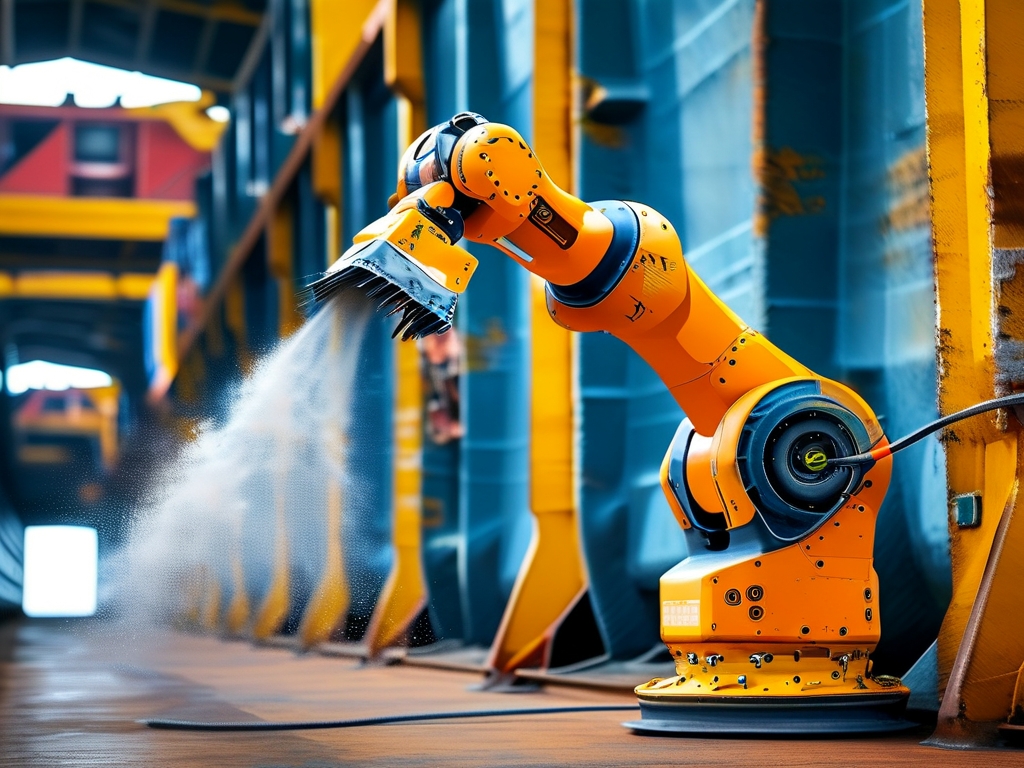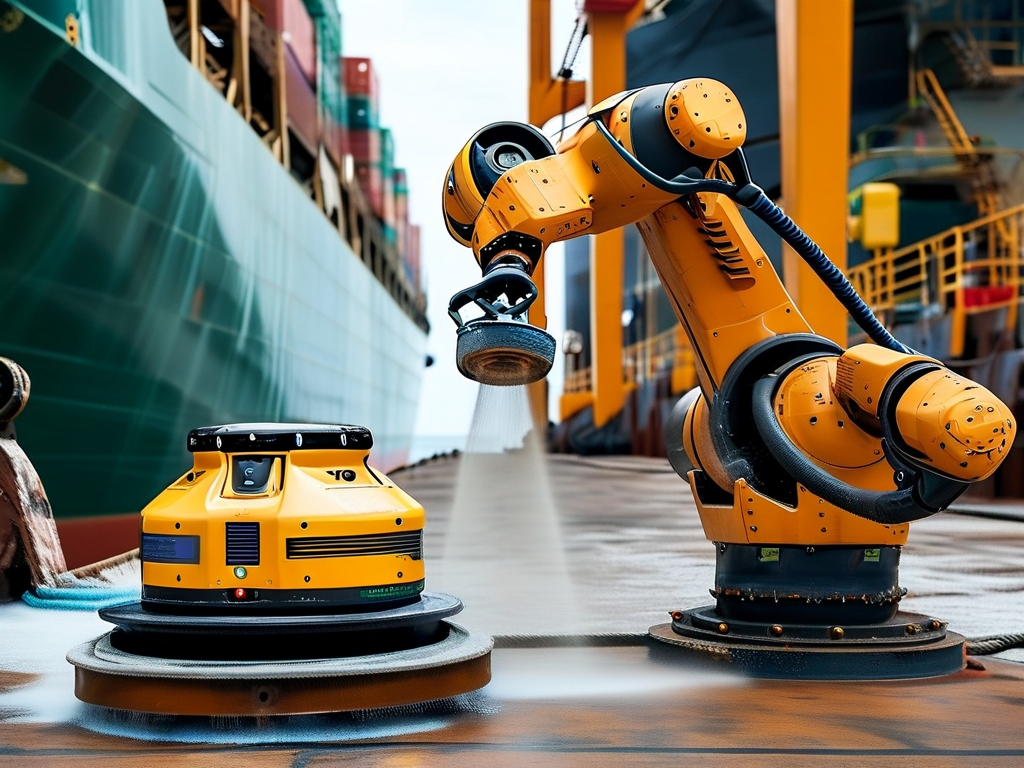The maritime industry faces persistent challenges in vessel maintenance, particularly in combating corrosion within enclosed ship compartments. Recent advancements in robotic systems have revolutionized traditional rust removal methods, offering safer and more efficient solutions. This article explores the operational principles and technical implementations of autonomous robotic systems designed for ship cabin corrosion management.
Core Operational Framework
Modern robotic rust removal systems integrate three primary functional modules: surface detection, mechanical processing, and environmental adaptation. The detection unit employs multi-spectral sensors combining infrared spectroscopy with electromagnetic flux leakage testing. This dual-modality approach enables precise identification of corrosion patterns beneath surface coatings, achieving 0.1mm resolution in oxide layer thickness measurement.
The processing module utilizes variable-frequency impact technology, where servo-controlled pneumatic actuators generate adjustable percussion forces ranging from 50N to 800N. This dynamic force regulation allows simultaneous removal of layered rust deposits without damaging underlying steel substrates. A proprietary nozzle design channels removed particulates into vacuum filtration units, containing over 98% of airborne contaminants.

Mobility and Positioning Systems
Magnetic adhesion technology enables robotic platforms to maintain stable operation on vertical and overhead surfaces. Permanent magnet arrays with electromagnetic modulation provide 20kPa adhesion force while consuming less than 300W power. Omnidirectional Mecanum wheels coupled with inertial navigation systems permit ±2mm positional accuracy during continuous operation.
Machine vision systems employ SLAM (Simultaneous Localization and Mapping) algorithms to construct 3D cabin models in real-time. This spatial awareness capability allows autonomous path planning around structural obstructions and safety-critical components. Field tests demonstrate 94% coverage efficiency in complex compartment geometries compared to manual operations.
Environmental Adaptation Features
Robotic units incorporate atmospheric monitoring sensors that dynamically adjust operational parameters based on environmental conditions. When detecting explosive gas concentrations exceeding 10% LEL (Lower Explosive Limit), systems automatically switch to intrinsically safe brush-based cleaning modes. Humidity compensation algorithms modify impact frequencies to prevent spark generation in high-moisture environments.
Energy and Maintenance Architecture
Hybrid power systems combine lithium-titanate batteries with wireless induction charging, enabling 8-hour continuous operation. Quick-swap battery modules can be replaced in under 90 seconds during scheduled maintenance intervals. Self-diagnostic routines monitor 23 critical performance parameters, predicting component failures with 85% accuracy 72 hours in advance.
Implementation Case Study
A bulk carrier operator implemented robotic systems across 12 vessel holds totaling 35,000m³. Operational data revealed 40% reduction in dry-dock time and 62% decrease in abrasive material consumption compared to traditional grit blasting methods. Particulate emission levels remained below 5mg/m³ throughout operations, complying with IMO 2020 environmental regulations.
Technical Limitations and Development
Current systems face challenges processing pitted corrosion exceeding 8mm depth, requiring secondary manual intervention. Research institutes are developing laser ablation-assisted prototypes showing promise in addressing deep-seated corrosion. Another focus area involves improving recognition algorithms for mixed-material surfaces containing non-ferrous components.

The integration of robotic rust removal technology signifies a paradigm shift in maritime maintenance practices. As artificial intelligence and material science continue advancing, next-generation systems are expected to achieve full autonomous operation across entire vessel compartments. Industry analysts project 35% market penetration within commercial shipping by 2028, fundamentally altering traditional maintenance workflows while significantly improving worker safety and environmental compliance.









